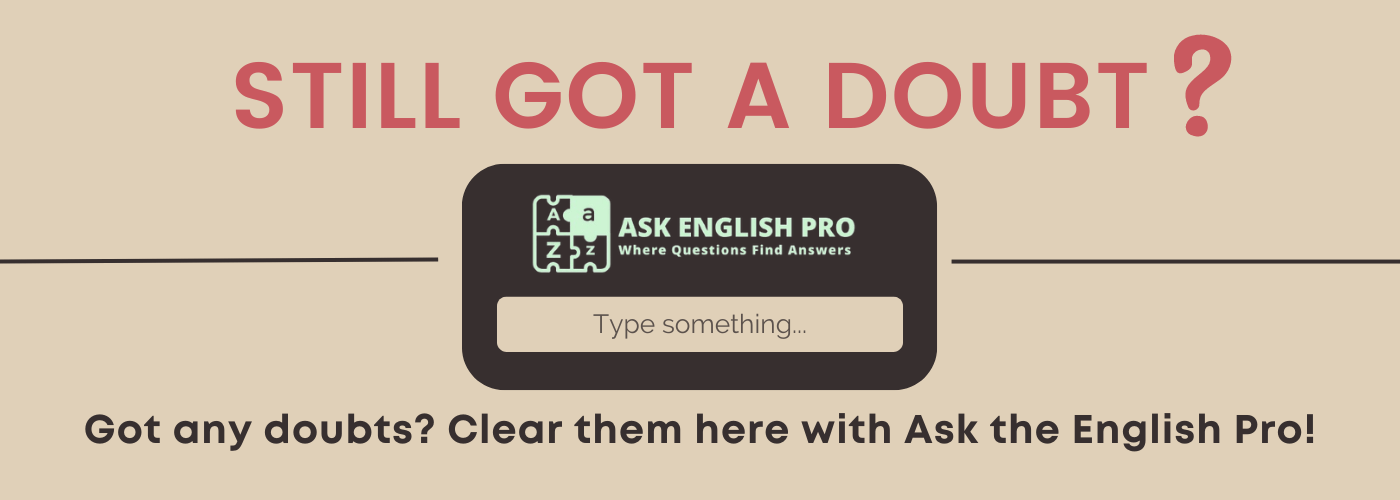Introduction to the Origin of Elicit
The word “elicit” plays a significant role in expressing the act of drawing out information, emotions, or reactions. Its usage is both precise and elegant, making it a favorite in academic, professional, and literary contexts. Exploring the origin of “elicit” sheds light on its linguistic journey and how it has become an essential part of modern vocabulary. By understanding the etymology of “elicit,” we gain insight into the rich history and evolution of language itself.
Tracing the History of Elicit
The word “elicit” finds its roots in Latin, originating from the verb elicere, which means “to draw out” or “to entice.” This term is a combination of the prefix e- (meaning “out”) and the verb lacere, meaning “to entice or lure.” By the 17th century, “elicit” was adopted into English, retaining its original sense of coaxing or drawing something out. Over time, it became associated with intellectual and emotional contexts, signifying the act of prompting a response, reaction, or understanding. Its adoption reflects the Renaissance era’s fascination with precision in language and the growing influence of classical studies.
The Cultural Journey of Elicit
Throughout its history, “elicit” has been a staple in literature and rhetorical discourse. Writers and speakers have employed the word to describe the process of uncovering hidden truths or emotions. In literature, characters often elicit responses that reveal deeper layers of personality or plot. For instance, in detective stories, eliciting information is a key narrative device. Beyond its literal meaning, “elicit” has also taken on a metaphorical dimension, symbolizing the pursuit of understanding or the uncovering of hidden potential. Its versatility ensures its continued relevance in both creative and analytical contexts.
Modern-Day Relevance of Elicit
In contemporary usage, “elicit” remains a powerful term to describe the act of drawing out a reaction, whether in casual conversations, professional settings, or academic discussions. Its formal tone makes it particularly useful in contexts requiring clarity and precision. From eliciting feedback in workplace environments to eliciting emotions in storytelling, the word continues to hold significance across various domains.
Bonus Tip: Use “elicit” in a sentence, e.g., “The teacher’s thought-provoking question was designed to elicit a meaningful discussion among the students.”
Why Elicit Matters
The journey of “elicit” illustrates the dynamic nature of language and its ability to capture complex human interactions. Understanding the origin and evolution of “elicit” not only enriches our vocabulary but also deepens our appreciation for the tools we use to communicate effectively. Next time you hear or use “elicit,” take a moment to reflect on the history and sophistication it carries.



















